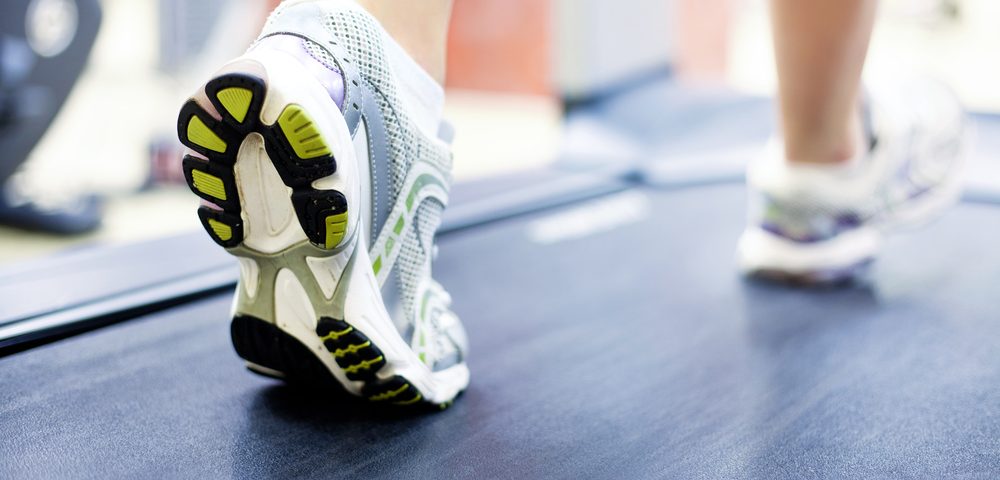Women with fibromyalgia (FM) can experience muscular benefits with short and moderate aerobic exercise, rather than more intense routines as previously thought.
The results were published in the study, “Acute effects of physical exercise on the serum insulin-like growth factor system in women with fibromyalgia,” in the journal BMC Musculoskeletal Disorders. The study reports on the release of factors known to increase during exercise, and which have not been previously studied in women with FM.
Researchers found that a particular protein called serum insulin-like growth factor (S-IGF-1) increases during moderate intensity bicycling. This factor is important both in building muscle, and in its effects on the central nervous system.
In total, 22 women with CF (ages 20-50 years) were identified from participation in other studies from the team, and contacted. Twenty-seven healthy control participants were also recruited.
Exercise tests were performed on ergometer cycles, which measure the amount of work done by the body during physical exertion. The activity workloads were assessed for each woman, who underwent moderate to high intensity workouts.
The tests were completed one month apart, on days five-seven of the menstrual cycle to minimize hormonal influence.
Exercise level was graded according to Borg’s perceived exertion scale (RPE), and cycling intensity was classified as moderate intensity in ratings 12-13, while high intensity ranged from 15-17. Pain and fatigue levels were self-recorded by participants.
After bicycling for 15 minutes, serum levels of S-IGF-1 and its binding protein (S-IGFBP-3) — insulin-like growth factors linked to bone and tissue growth — were seen to increase in both groups. Those increases did not significantly differ between the two groups at either moderate or high intensity level cycling.
However, the pain and fatigue scores reported by women with FM were higher compared to those in healthy controls, regardless of exercise intensity. Pain thresholds were also analyzed, and found to actually decrease in women with FM after moderate exercise, and tended also to decrease after high intensity exercise. Pain threshold in the healthy controls increased only after high intensity exercise.
Overall, the results are quite promising for women with FM, as they can achieve exercise benefits with only 15 minutes of bicycling at moderate intensity. “Hence, patients with FM were able to activate their skeletal muscle metabolism during a short, moderate bout of exercise and were not resistant to training effects,” the team concluded. “The result is important for encouraging clinical rehabilitation of patients with FM who commonly exercise at a moderate, rather than at a high-intensity level.”
This study (NCT01592916) is still ongoing in Sweden and recruiting participants. For more information, please visit this link.

